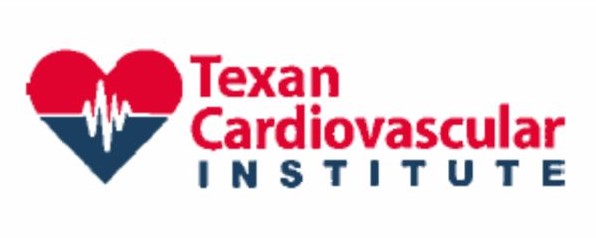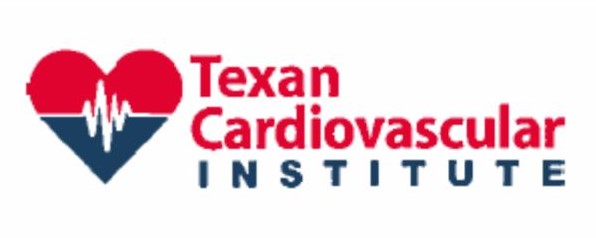Follow Us x
An echocardiogram (echo) is a test that uses high-frequency sound waves to create pictures of your heart’s chambers, valves, walls and the blood vessels (aorta, arteries, veins) attached to your heart.
A probe called a transducer is passed over your chest. The probe produces sound waves that bounce off your heart and “echo” back to the probe. These waves are changed into pictures viewed on a video monitor.
It is a completely harmless test. It doesn’t hurt and has no side effects.
This test helps the doctor determine:
- The heart’s pumping strength
- If the heart valves are working correctly.
- If the blood is leaking backwards through your heart valves (regurgitation)
- If the heart valves are too narrow (stenosis)
- If there is a tumor or infectious growth around your heart valves
- Problems with the outer lining of your heart (the pericardium)
- Problems with the large blood vessels that enter and leave the heart
- Blood clots in the chambers of your heart.
- Abnormal holes between the chambers of the heart.


